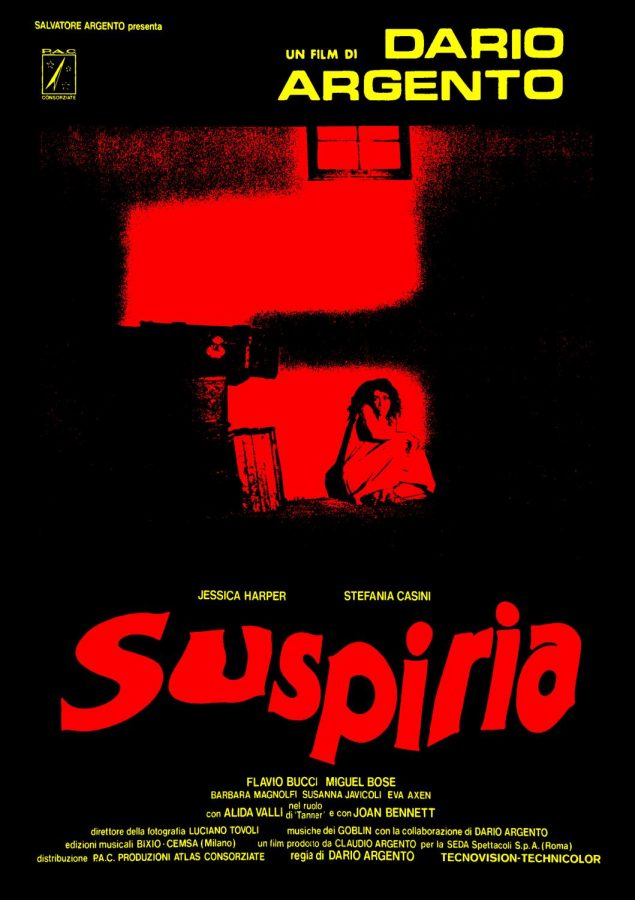Classics for the win by Nina Ivancevic
Although I can agree that reading the likes of William Shakespeare or Charles Dickens is usually a struggle for most people, I believe that reading the classics is an essential part of a school’s curriculum. Classic literature enables students to understand more complicated and multi-faceted ideas. It also allows them to discover their own personal values and traits, something that is useful and important throughout life.
Classic texts often contain harder language to interpret. This may seem like a downside, but in fact it is important for students to exercise this way of thinking in order to further develop critical thinking skills and also apply it to everyday life and common social situations.
Classic literature helps students see many sides to a situation. Instead of being trapped in a single point of view, reading classic pieces can put us in the mind of other people who may be different from us. For example, “Frankenstein” by Mary Shelley discusses the theme “don’t judge a book by its cover” and forces readers to understand the perspective of the monster. It encourages us to take account of multiple viewpoints not only in writings, but also in our everyday lives.
Classic literature also expands our own understanding of the world by immersing us in situations of war, tragedy, and romance, therefore helping students become more sensitive and empathetic as well as teaching them to better deal with their own emotions day to day.
Morals are a fundamental part of the classics. The main messages and lessons taken from these stories grant students a better and more rounded understanding of the world around them. These recurring lessons teach them how to make the right choices when faced with an obstacle, permitting students to create change and opportunity, even when challenges make it difficult.
Classic education can not only help students improve critical thinking skills, but also other areas of education; the impact of Greek and Roman literature, such as Leonardo Da Vinci’s “Vitruvian Man,” influences a wide range of academic subjects, such as art history and biology. This creates an easier understanding for those subject areas and has the potential to make learning simpler.
Of course, reading the language of Shakespeare is not easy, but the whole point of classic literature is to analyze it and understand the underlying meaning and message the author is trying to convey. Although that is not simple for everyone, it is a vital skill for the future and for future college English classes.
I’m also not saying that school English curriculums should only have classic literature as the reading material. I believe that a balance in both classic and contemporary texts is the best way to keep students engaged, while also keeping famous classic authors like Shakespeare and Shelley in the education system.
Cut the classics by Elin O’Brien
Throughout your high school career, you’ve probably been forced to read all the classics, like “Romeo and Juliet,” “The Great Gatsby” and “The Odyssey.” The instant dread overtakes you because you know that the plot will be boring and your essay will lack excitement. You think to yourself, “Why am I reading this? This was written like 200 years ago.”
Not only are these books dull, but they also tend to be difficult to read and comprehend. The vocabulary used by William Shakespeare and F. Scott Fitzgerald is extremely outdated, and no high school student is sitting with a dictionary open to look up words they don’t know. Since the publications of these novels, language has dramatically changed.
Beyond the word choice, the diction and sentence structure is confusing and unnecessary for high school readers to understand. Usage of figurative language is much more apparent and frequent at the time of their publications than in today’s literature. Metaphors and similes utilized in many classics likely are not commonly understood by readers today, and therefore can’t carry out their fully intended purpose.
Most of the classic books are set during historical events, like a war or Civil Rights movement, and are intended to educate and inform people living through said event, not for students to dissect hundreds of years later. Authors assume that the reader is fully aware of the social and cultural contexts, and at the time that may be applicable, but likely that wouldn’t make sense for readers today.
For instance, before students read these books, they typically do research prior to reading the story to get familiar with the historical time period. By doing this, it strays away from the original intended purpose of reading the book, and instead it becomes a history lesson.
Although reading these types of books can be rewarding when a student fully grasps the ideas, symbols, and overall comprehension, reading more current books presents far more benefits than reading the classics.
More current books allow English classes to present further and deeper conversations because, for example, the dialogue and characters can be more relatable to readers than older books. Diction and characteristics in more modern books are more likely to mirror similar qualities with the readers, which can keep the reader more engaged with the book and present more connections. Additionally, a better association with the characters and language develops a better understanding and overall comprehension of the book.
Another positive to reading current books is the connection between the readers and the authors that outdated books simply can’t provide. Authors of books published within the range of the last 25 years likely have a website, social media platform, book tours, and other ways for them to connect with their readers. This allows for time for feedback as well as opportunities to meet the author and develop connections.
Overall, recently published books are more beneficial for high school students to read because they are more relevant to their times and are better understood.





















![Movie poster for '[Rec]" (2007).](https://www.lionnewspaper.com/wp-content/uploads/2023/04/rec-640x900.jpg)




